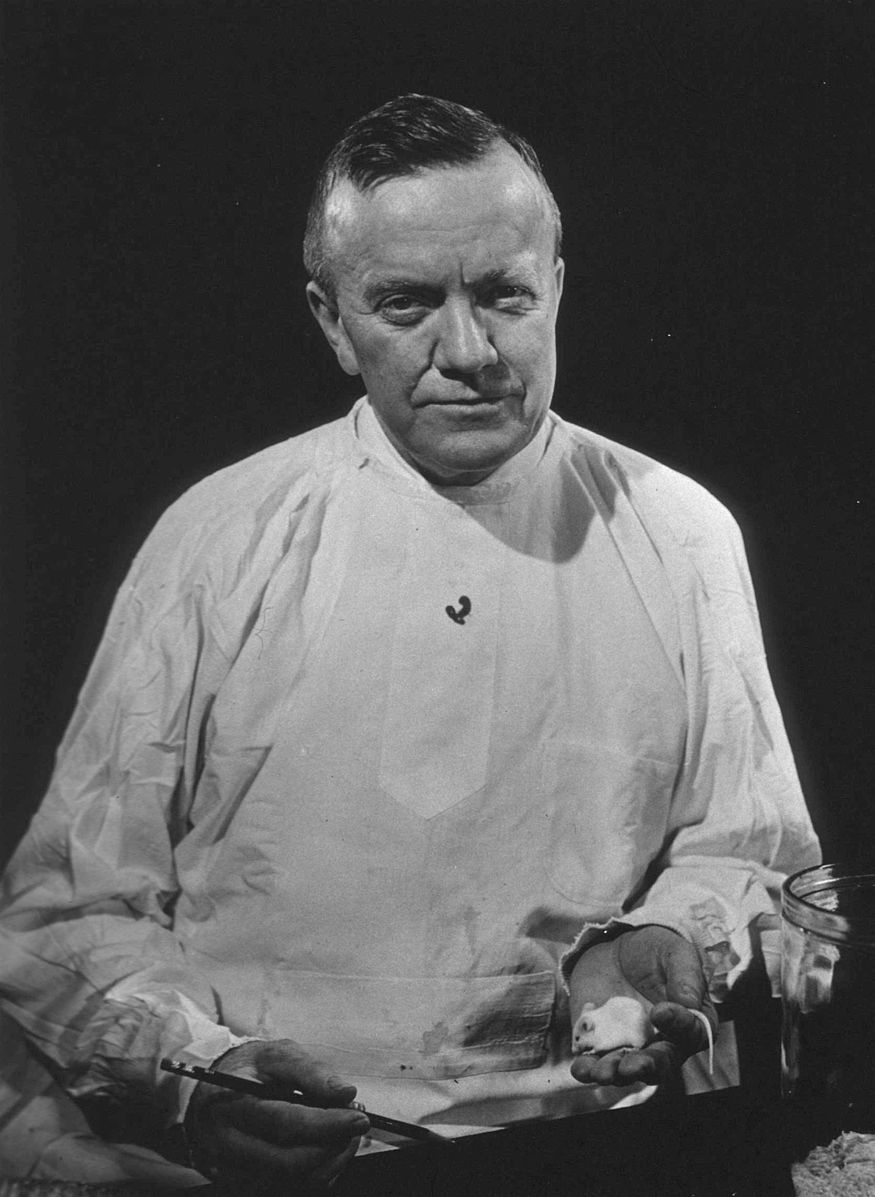Charles Armstrong (1886–1967)
Charles Armstrong, M.D., was best known for his work on polio and many other contagious diseases, such as botulism, influenza, syphilis, tetanus, milk-borne epidemics, dengue, and encephalitis. He first joined the U.S. Public Health Service in 1916 and was among the first scientists assigned to the National Institute of Health (yes, singular) in the 1930s. He was elected to the National Academy of Science in 1944. Dr. Armstrong retired from his post as chief of the NIH Laboratory of Infectious Diseases in 1950 but continued to work almost daily at the NIH on a voluntary basis for many years after.
Charles Armstrong, M.D. U.S. National Library of Medicine
The Office of NIH History and Stetten Museum has gathered the following growing list resources concerning Dr. Armstrong:
Resources
NIH Publications
- Charles Armstrong, M.D.: A Biography by Edward Beeman, 2007 (full-text available online)(PDF, 3.9 mB)
- Mentioned in 70 Acres of Science: the NIH Moves to Bethesda, by Michele Lyons, 2006 (PDF, 12.3 mB)
- Brief profile in announcement, “NIH to Mark 2nd History Day,” in NIH Record, 2004
- Profile in Notable Contributions to Medical Research by Public Health Service Scientists: a Biobibliography to 1940 by Jeannette Barry, 1960
- Profile in NIH Record newsletter, 1955, (PDF, 4.9 mB)
- Finding Aid to Armstrong papers and speeches at the National Library of Medicine
Journal Publications
Non-journal Publications
- National Academy of Science biography, 2016 (PDF, 29 kB)


